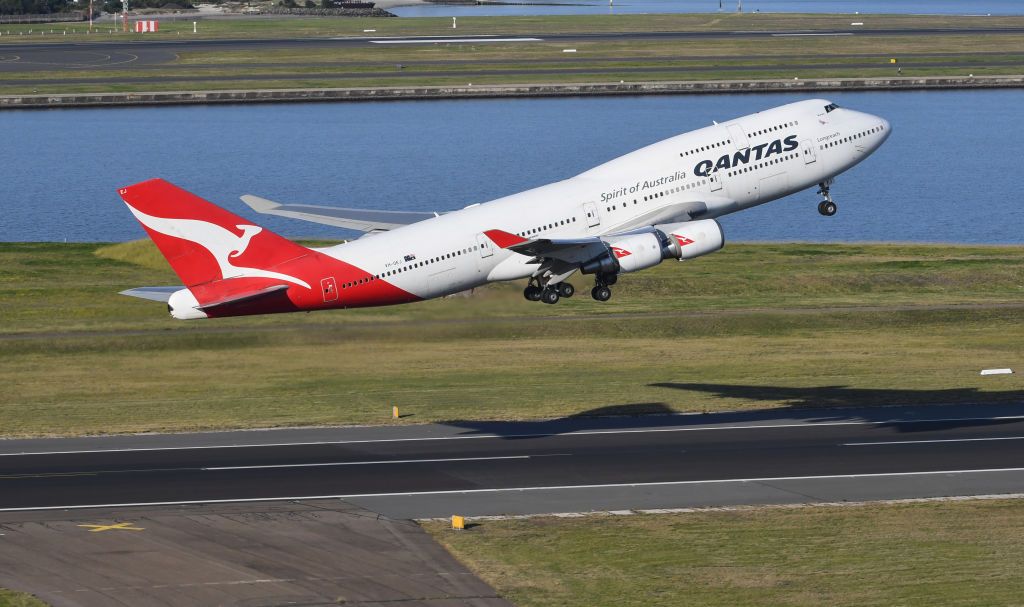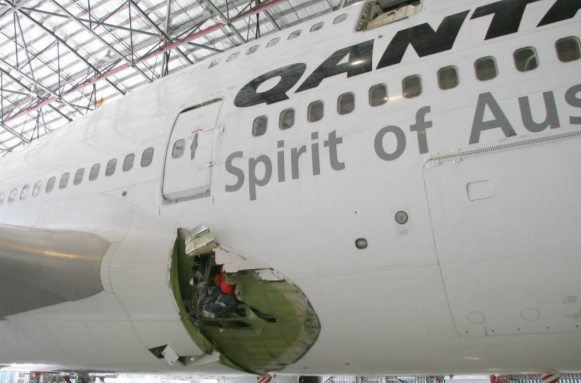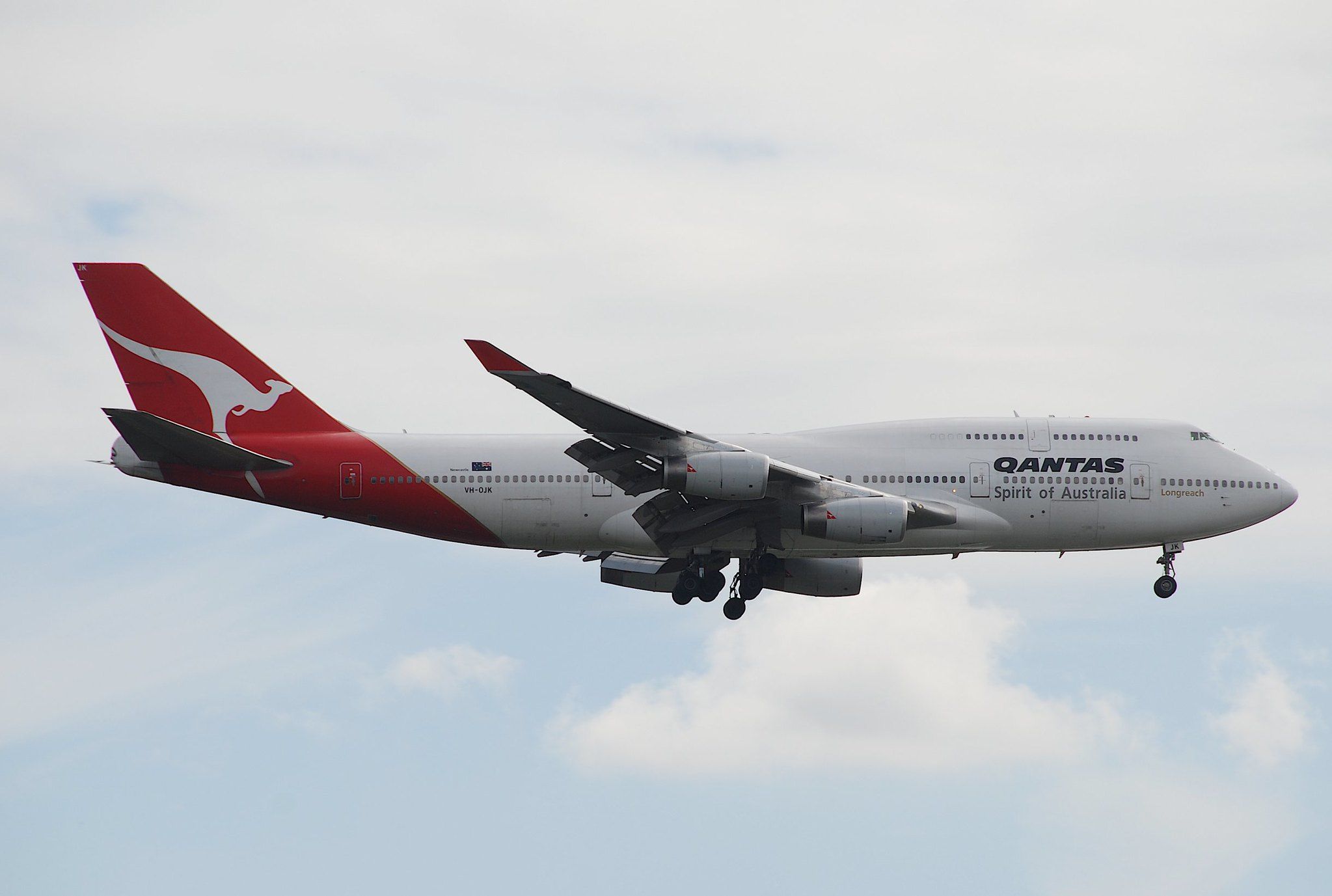On July 25, 2008, Qantas Flight 30, a regularly scheduled flight from London Heathrow Airport (LHR) to Melbourne Airport (MEL) with a stop at Hong Kong International Airport (HKG), had to make an emergency descent and divert to the Philippines after an explosion ruptured the plane's fuselage.
The aircraft, a 17-year-old Boeing 747-400 with the registration VH-OJK and carrying 346 passengers and 19 crew, completed the first leg of its journey, arriving in Hong Kong without incident. The jumbo jet departed Hong Kong at 09:00 local time, but at 10:17, the passengers and crew heard a loud bang.
The pilots made an emergency descent
Cabin pressure was immediately lost as a hole appeared in the cabin's floor and the cargo deck's outside wall. Oxygen masks were deployed, and the captain in charge of the flight, 53-year-old Australian Navy veteran and a Qantas employee for 25 years, John Francis Bartels, made an emergency descent to 10,000 feet, where it was possible to breathe normally.
The crew then decided to divert to Ninoy Aquino International Airport (MNL) in the Philippines. After the incident, passengers reported that nobody aboard the aircraft panicked as the pilots made the emergency descent. Four oxygen masks failed to deploy, while others had deteriorated elastic. These passengers all suffered from oxygen deprivation until the aircraft reached an altitude of 10,000 feet, where they could breathe unaided.
As a part of their investigation into the incident, the Australian Transport Safety Bureau interviewed passengers who reported problems with the oxygen masks. When the aircraft landed in Manila, it was stopped on the runway while the damage was looked at. The hole in the fuselage just forward of the right wing was in the plane's cargo section.
It was shaped like the letter "T" and measured 4.9 feet vertically and 6.8 feet horizontally. There were no injuries to any passengers and crew; however, several passengers complained of nausea when disembarking the aircraft.
The investigation into the incident
Four members of the Australian Transport Safety Bureau (ATSB) were sent to Manila to lead the investigation. The United States Federal Aviation Administration (FAA), Boeing, the Australian Civil Aviation Safety Authority, and the Philippines Civil Aviation Authority were also involved.
Almost immediately, the ATSB announced that an oxygen cylinder stored near where the explosion occurred was not accounted for. The ATSB then ordered Qantas to inspect all of its oxygen cylinders and the brackets which hold the cylinders on its Boeing 747s.
On August 29, 2008, the ATSB gave an update on its findings, saying that the aircraft took five and a half minutes to descend to 10,000 feet and at no time was the aircraft in danger. However, they noted passengers activated 426 out of the 476 oxygen masks deployed.
After the cargo hold was cleared of all its contents, it was evident that the number 4 oxygen cylinder from a bank of seven had sustained a sudden failure. The discharge of its pressurized contents then propelled the cylinder, rupturing the aircraft's fuselage.
The final report
In its final report issued on November 22, 2010, the ATSB said that the inability to physically examine the critical item of physical evidence (the failed oxygen cylinder) had led them to make the following conclusion:
- During the flight, a single pressurized oxygen cylinder failed by rupture, forcefully releasing its contents.
- The force of the suddenly-released pressurized contents of the oxygen cylinder locally ruptured the aircraft's fuselage and allowed the plane to depressurize in an uncontrolled manner.



